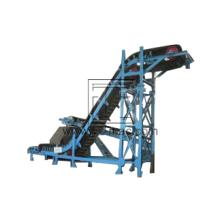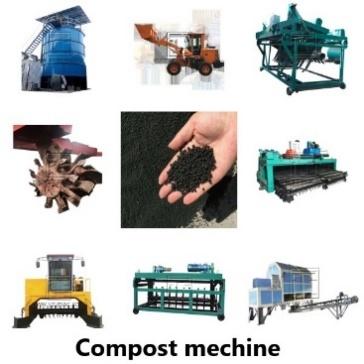Sheep manure fertilizer conveying equipment
Sheep manure conveying equipment typically includes conveyor belts, screw conveyors, and bucket elevators. Conveyor belts are the most commonly used type of conveying equipment in sheep manure fertilizer production. They are flexible and can transport materials over long distances. Screw conveyors are often used to transport materials with high moisture content, such as sheep manure, as they can prevent material clogging. Bucket elevators are used to elevate materials vertically, typically from a lower level to a higher level. They are useful for transferring materials from one processing stage to another. The selection of the appropriate conveying equipment depends on the production scale and the specific requirements of the production process.






